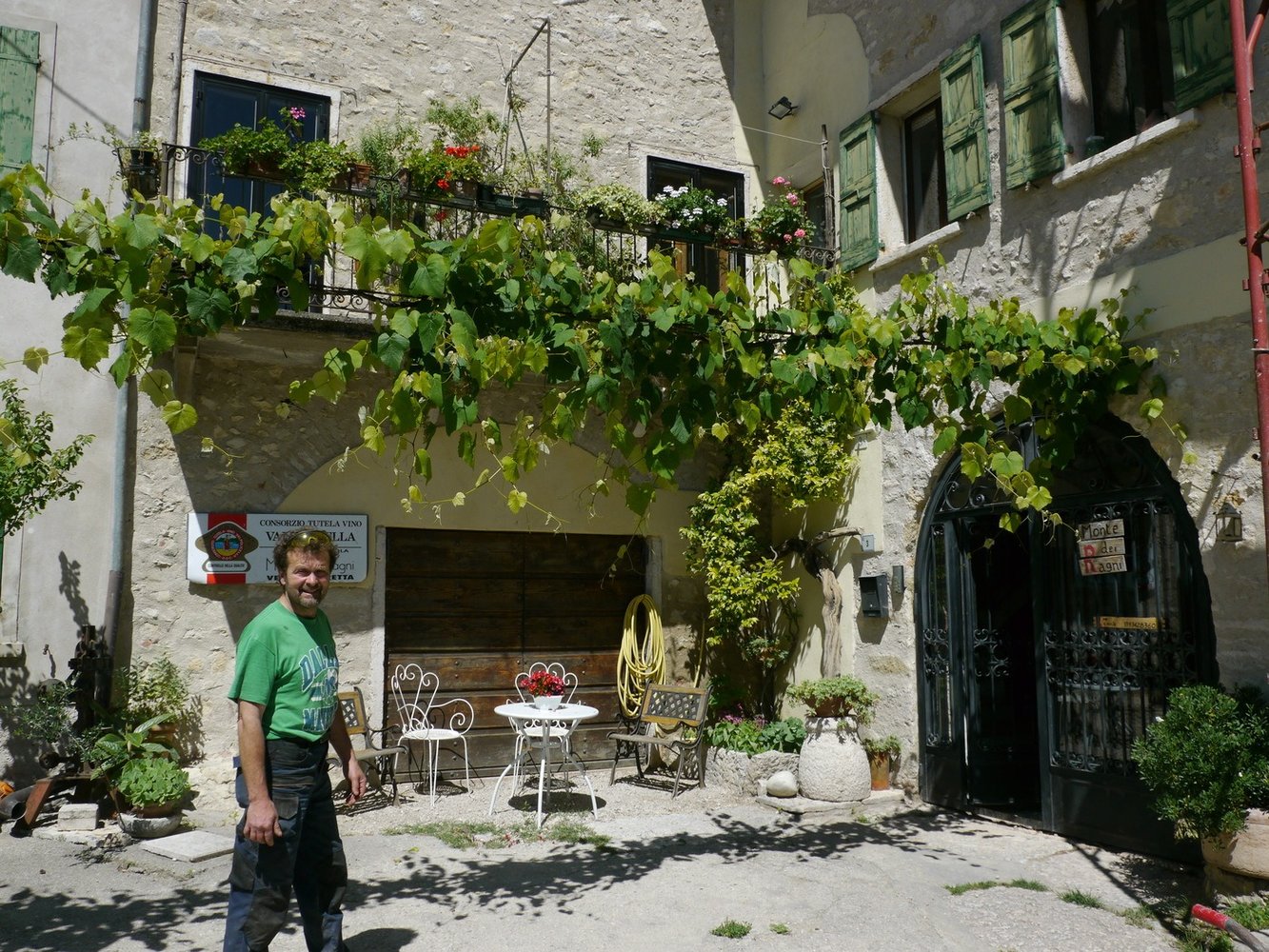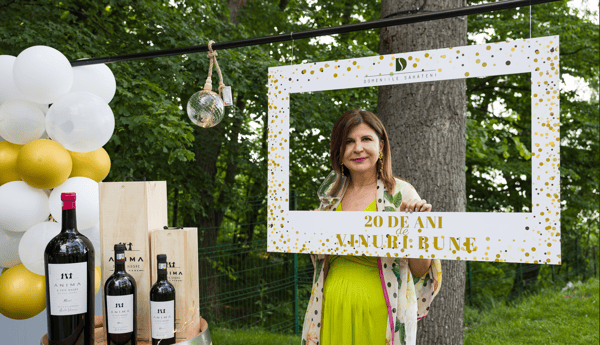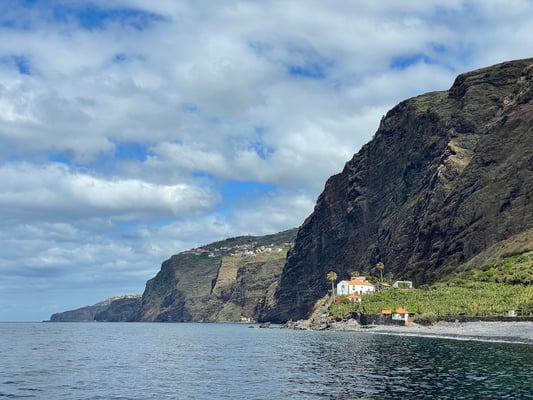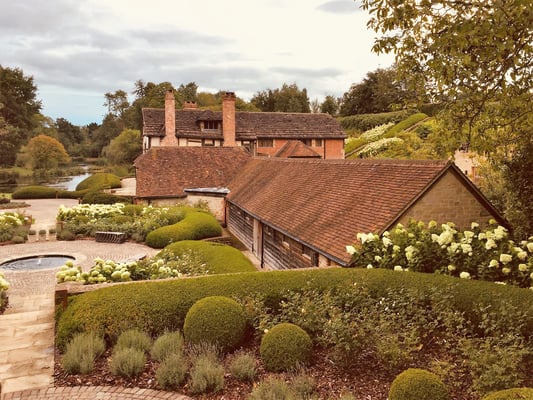We have the happiest memories of Monte dei Ragni. Of all the winemakers we visited in 2016 and all the wonderful wine nerds we met, this was our favourite. It’s the story we tell when we want to explain why we are so passionate about wine.
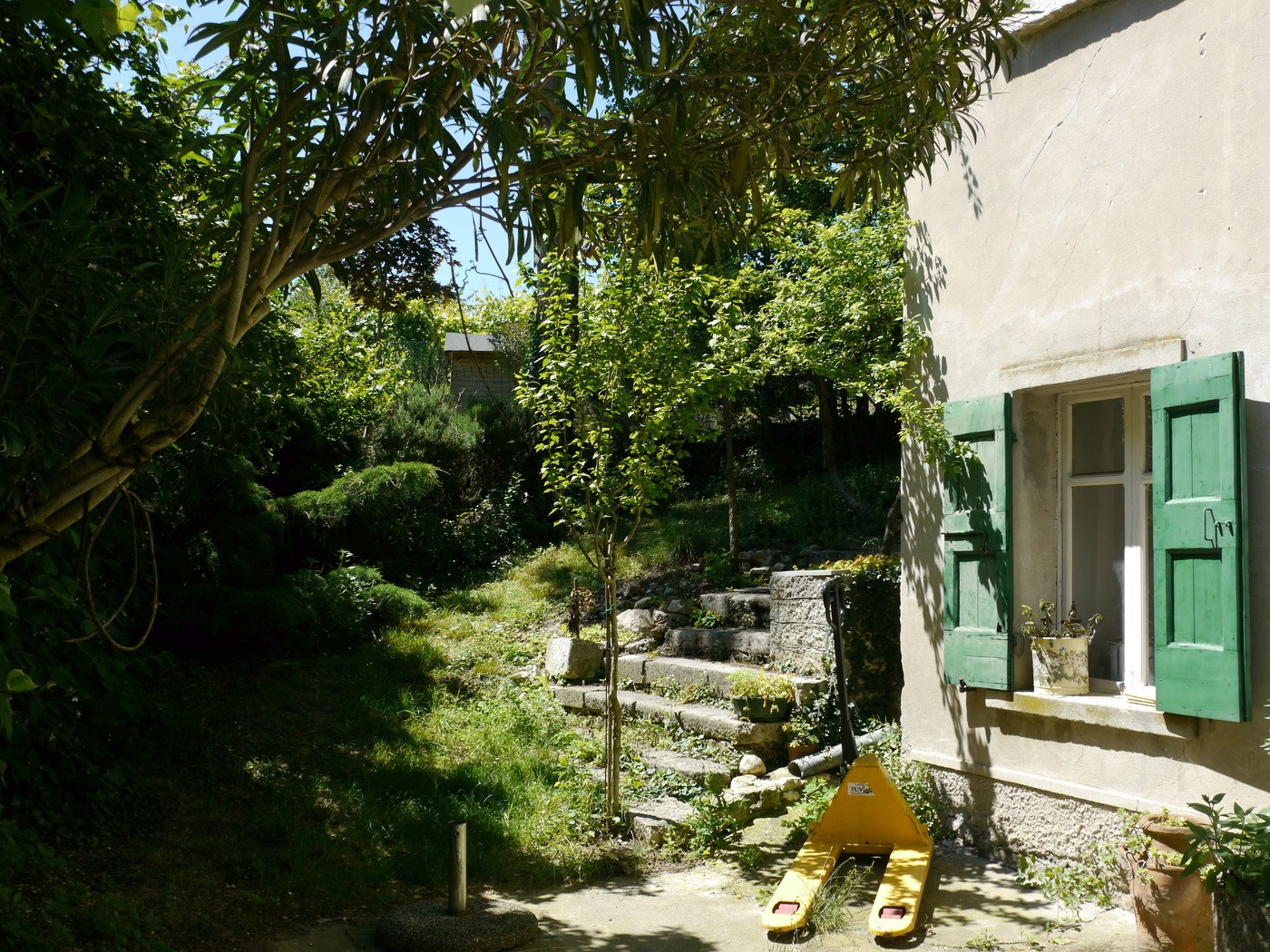
David Berry Green introduced us to Zeno Zignoli who grows the grapes and makes the wine at Monte dei Ragni and we visited in May.
We got a little lost on the way. Like Avalon, Neverland and Middle Earth, the place isn’t on Google Maps and the website didn’t have a map – indeed it looks like the a sly graphic designer’s knowing parody of an early 90s website. You need to know where you are going if you want to get there. (Update December 2019, the website is much better now!)

Finding Monte dei Ragni
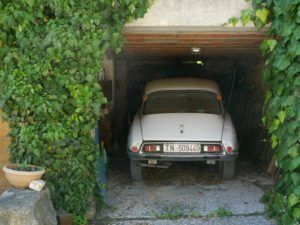
But a quick phone call brought Zeno out to rescue us in his magnificent 1972 Citroën DS. Arriving at the winery, we saw his other car: a 1950s Fiat Topolino (‘baby mouse’).
Like his car collection and the wine he makes, Zeno is quirky and charming with a nice line in dry wit.
He explains, in broken English, that there’s no air conditioning in the Citroën: ‘in summer it’s warm enough, in winter it’s cool enough.’ He says that he doesn’t use much modern technology in the vineyards but he does have a tractor with voice recognition; before showing us a picture of his horse.
Making wine with love
But he’s much more serious when it comes to the wine. He has eight hectares but only uses two for his own wine; just 4-5,000 bottles of Valpolicella, Amarone and Recioto a year.
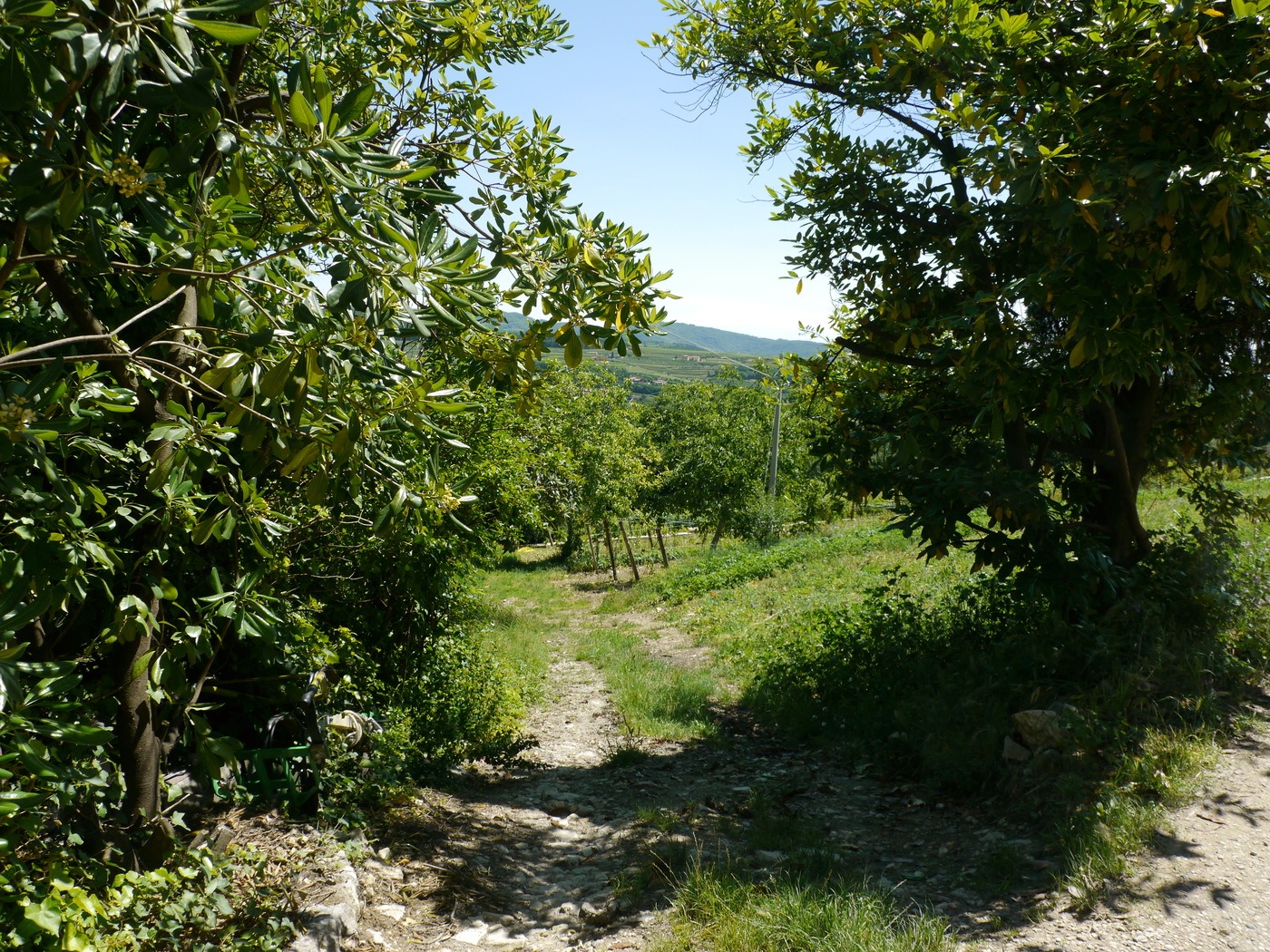
He grows cherries and olives in the same fields. There are no pesticides, no chemicals, no monocultures. He says: ’A good life in good health’. Indeed. He describes the vilification like ‘having a baby’. For example, he punches down the cap every four hours night and day during fermentation.
His friendly wine dog joins us and performs tricks while we taste his 2009 Amarone – ‘my young Amarone’ – which has already had four years in barrel and another couple of years in bottle. It’s a blend of (mainly) corvina, rondinella and other grapes.
Tasting the 2009 Amarone
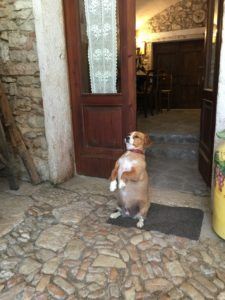
As I write this, I’m looking at my handwritten tasting notes and Mirela’s. In both notebooks the word ‘outstanding’ is written in block capitals, underlined and circled.
Mirela’s notes mention tobacco, cherry, liquorice, spices, chocolate and menthol. Mine note cooked sour cherries and savoury notes of smoked meat. We both agree on medium, smooth tannins, long finish and a full body.
But the wine words don’t really do it justice. It feels like the product of a real place and the commitment of a real, if slightly larger-than-life person. Wine always tastes better in the winery and Monte dei Ragni is the same but with more concentration.
How to be authentic
At Vincarta, we like our wine to be ‘authentic’. What does that mean? Well, it should celebrate and affirm the character of the place and people that make it. But it shouldn’t try too hard. Authenticity is like coolness; if you’re trying to be authentic you’ll fail. It comes from conviction not ambition. This is Zeno’s paradox and Monte dei Ragni’s great triumph. In a world of me-too wines, he is producing something both authentic and very accomplished.
At the time of writing, BBR have the 2004 Amarone Classico for £475 for six bottles. They sometimes have his other wines and it’s always worth snapping them up if you see them. If you are visiting the area we recommend the Enoteca di Valpolicella for lunch. It’s fantastic.

